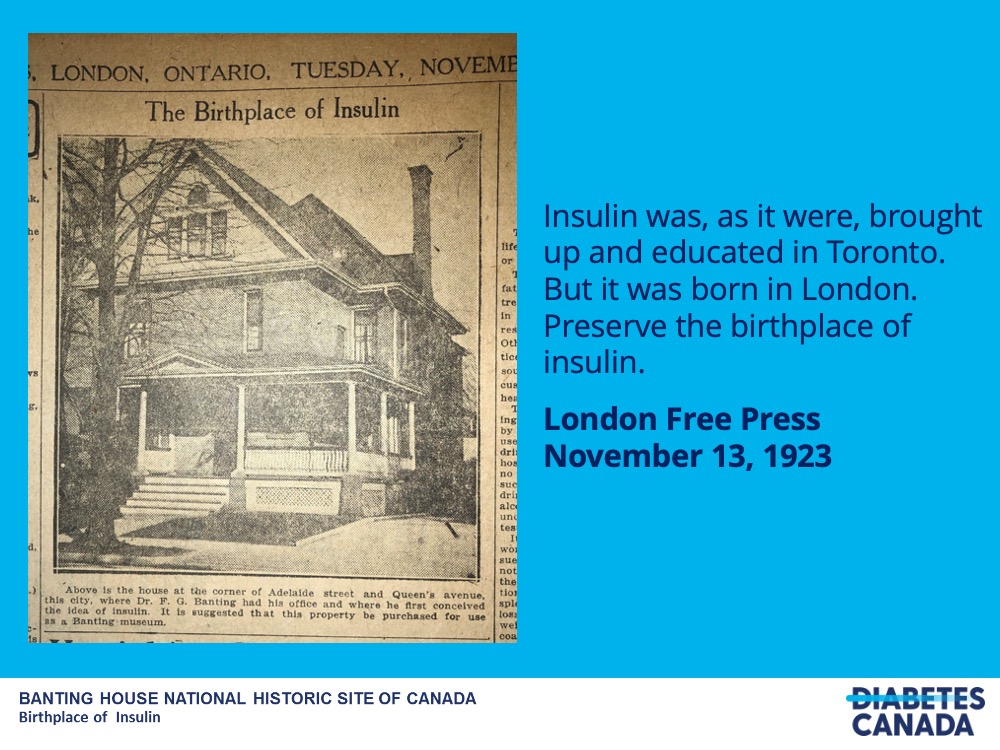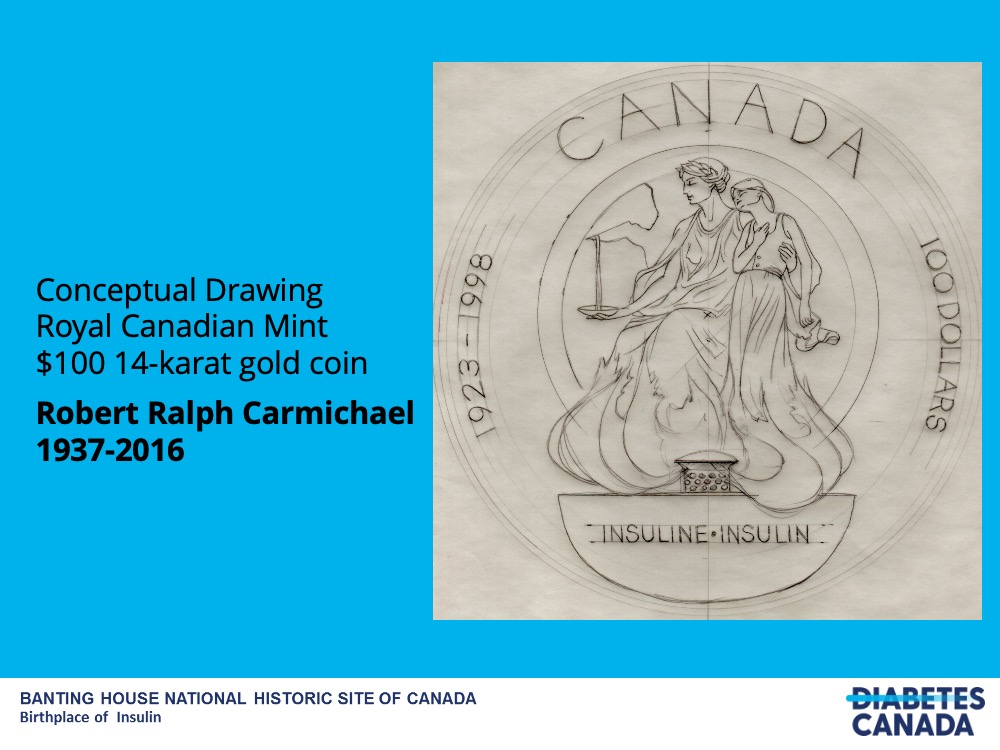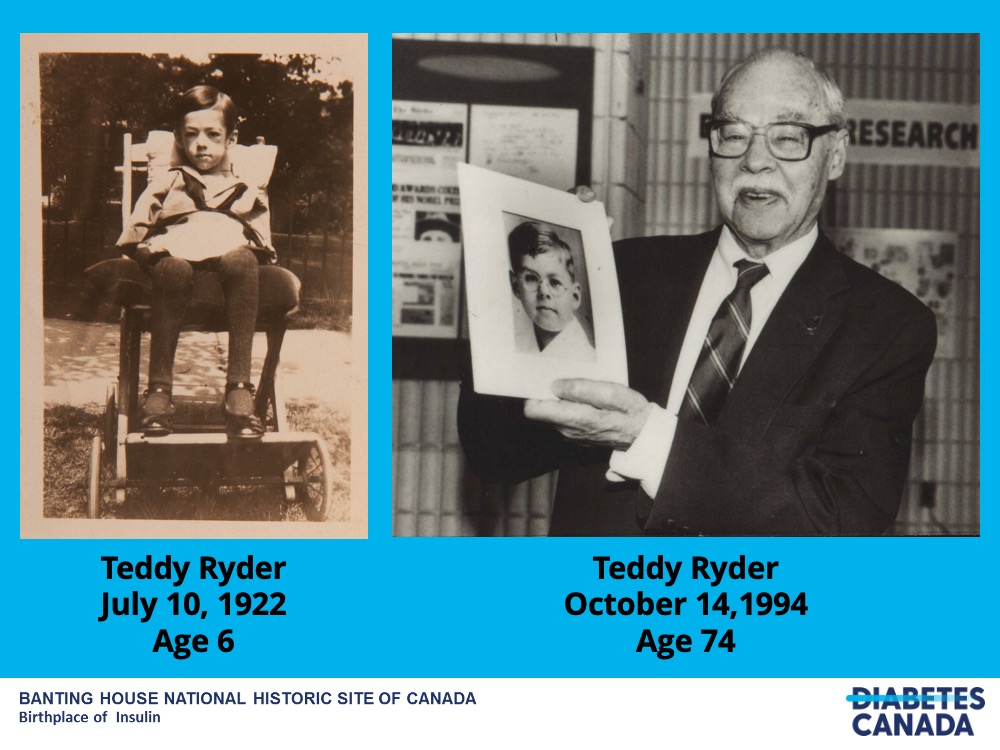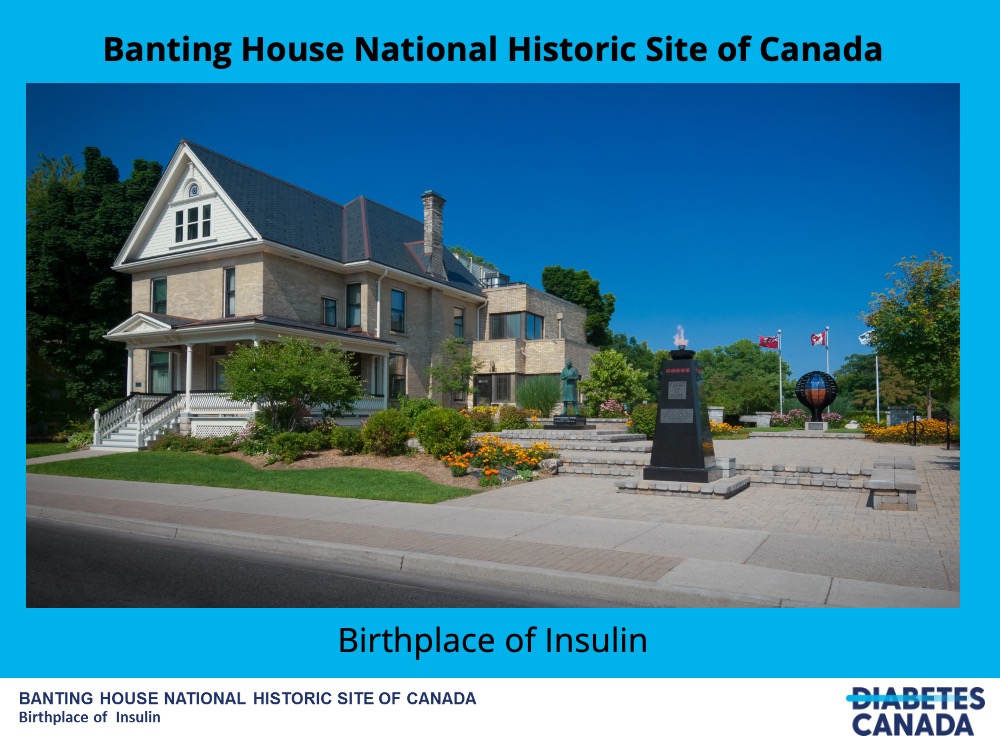By Grant Maltman, Curator, Banting House National Historic Site
100th Anniversary dinner celebrating the Nobel prize to banting and macleod, November 27, 2023
Thank you, John and thank you to the Toronto Medical Historical Club for this wonderful day.
Insulin100 – The Final Chapter, sounds like the latest Marvel Movie, doesn’t it? At Banting House, we began this journey of commemoration four years ago as we celebrated the 100thanniversary of Banting’s idea in London that led to the discovery of insulin, and I am honoured to join you in Toronto where that idea came to fruition and the death sentence of those living with type 1 diabetes was lifted.

I was asked if I would be interested in discussing the impact and legacy of the 1923 Nobel Prize in Physiology or Medicine from a Banting & Banting House perspective. Well, the first part is easy, quote “Stockholm can go to hell! I won’t accept their prize.” But, what of my remaining moments? Allowing for four minutes of dead air simply isn’t in my DNA.

Over the past four years, our commemorations have been celebratory, free from the public and academic debates: “What is discovery” or “How do we properly apportion credit”. Debates that began 100 years ago, mere moments after the announcement were made public.
Tonight, will be no different as I incorporate some selections from our collection to illustrate how Banting House and the Nobel Prize legacy intersect.

On August 23, 1923, Banting became the first Canadian to grace to cover of Time Magazine. We acquired this copy off ‘eBay’ of all places. The article, titled Nobel Prize Man began thusly, “That Dr. Frederick Banting, discoverer of insulin, will receive the next award of the Nobel Prize for medicine seems logical from a survey of the scientific achievements of the past year. It has been suggested from several sources and, from the Edinburgh International Congress of Physiology, comes the story that Dr. Banting will be recommended to the Swedish Academy of Medicine.”
Much like the early coverage of the discovery period, the connection to London & Western University was mentioned as were the contributions of Charles Best and James Collip, albeit briefly. They also offered that Banting benefitted from the “friendly oversight and advice of Macleod (spelled incorrectly I might add) who was also in the running.” From Time’s perspective though, it was a two-person race, Banting and Dr. Steinbach whom they described only as “the Gland Man”.

On October 31st, Banting spoke to a joint meeting of the Canadian Club and London Chamber of Commerce, “Three years ago, today, I wrote down my idea in a little black notebook [but now that I have] been married to insulin for so long [I] am now desirous of getting a divorce…I want the world to know that I am not alone entitled to the credit for the results achieved and I am also anxious that Best share in the Nobel Prize and all honours.”
Two weeks later, this photo and the caption “The Birthplace of Insulin” accompanied a London Free Press editorial which advocated for the creation of a museum in Banting’s honour.
I would argue that had it not been for this engagement, so soon after the Nobel Prize announcement, Banting House would have been lost to history. The editorial and reprint of this photo in the Canadian Edition of the Detroit Free Press played a pivotal role in Lady Banting’s 1970 visit to commemorate the 50th anniversary of Banting’s idea and to help unveil the first heritage plaque for the building and City of London. Eleven year later, Diabetes Canada acquired the property and opened its museum in 1984.

Since then, a key interpretation point has been to correct the popular misconception that it was Banting & Best who received the Nobel Prize. By the time of the 75th anniversary in 1998, we found that the public were still firmly entrenched in that belief. Visitors continued to be shocked to learn that it was Macleod, not Best. Equally shocking was the fact they didn’t know it was Canada’s first Nobel – a distinction that would go to Pearson and his Peace Prize.
To rectify this, we approached the Royal Canadian Mint. They agreed to commemorate the anniversary with the 1998 $100 14-karat gold coin, but it was decided to not focus on the individuals. Instead, it was to celebrate the research of the past and serve as an inspiration for the future. The coin’s image, not much different from this conceptual drawing, contains elements from their Nobel Prize and the Flame of Hope which burns until a cure is found. I saw online yesterday that you can get one of the 25,000 that were minted, for just under $1,000 right now. A fair bit more than the original $260.

At its core, the incredible life-changing discovery of insulin is a story of triumph over failure. Life over death. As we celebrate this 100th anniversary of the 1923 Nobel Prize in Physiology or Medicine, itself a recognition of the most important Canadian medical discovery of the 20th century, it is important to remember that most important fact.
Teddy Ryder, Banting’s last surviving patient, is a testament to that fact.
On this anniversary, it seems fitting that the co-recipient of the 2023 Nobel Prize in Physiology or Medicine is Dr. Drew Weisman, who has lived with type 1 diabetes since he was 5 years old.
While we have better insulin today, we still don’t have anything better than insulin. When our visitors step into Banting House, they enter with gratitude for a discovery that affects their lives and those of their loved ones and come to learn more. It could be said that they are the true legacy of the Nobel Prize and the impact it represents.

At Banting House, we will continue to educate the public about the Nobel Prize and acknowledge the important contributions of Best and Collip to the discovery of insulin. Without these four men at the right University and at the right time, there is no Nobel Prize for us to claim and to commemorate.
Since we are fortunate to lay claim, and as we conclude Insulin100, it is important that in our celebrations we properly give Macleod his due…which is long overdue…Thank you.
Back to >> Dinner Program and Speeches